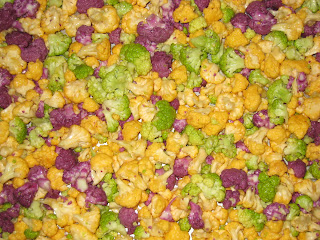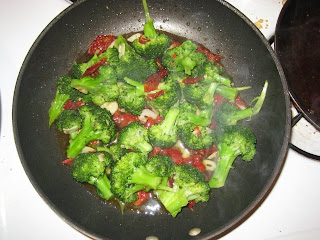
I have an obsession with pirates. So when I was down in Key West recently, and had the chance to visit Pat Croce’s Pirate Museum, I jumped all over it. For anyone remotely interested in pirates this is the spot. They house the only pirate treasure chest that was filled with treasure in salvaged existence. They also have one of two pirate flags known to exist in the world.

The Museum also has a recipe for ‘Salamagundi’; the last meal ‘Black Bart’ Roberts ate the day he was fatally shot in battle against the British Royal Navy and a common dish aboard a pirate ship.

As you may have guessed “cuisine” on any sea faring ship was not gourmet. However, this dish is similar to Beef Burgundy in the sense that it’s a long braise with a wine-centric marinade and vegetables. Its also a perfect winter stew.
The original recipe I found calls for turtle, fish, chicken, pig, cow, duck and pigeon. The marinade consists of spiced wine, herbs, palm hearts, garlic and oil and is to be accompanied with hard-boiled eggs, anchovies, pickled onions, cabbage, grapes and olives.
Unless your on Grand Cayman, you cannot
eat turtle meat. Everything else is pretty easy to find, for “pigeon” use squab. I didn’t but you can.
Just a heads up, this dish from start to finish takes 4 hours.
1lbs “Beef for Stew” aka brisket or rump
2 Duck Legs (Save the breast meat for another use)
3 Chicken Thighs
¼ Lbs Codfish Cheeks*
Vegetable oil
1 Onion, chopped
1 Cup each of chopped Carrots & Celery
6 Radishes, cubed in half or quarters
5 Cloves of Garlic, minced
1 Tbls Clove
5 Sprigs of Thyme
1 Sprig Rosemary
1 Tbls Peppercorns
1 Bottle of Red cooking wine
1 Quart Beef Stock
1 Cup Chx Broth
½ Can of Hearts of Palm
1 Tspn Cinnamon
Accompaniments: Crusty bread for soaking up the stew
That’s a laundary list of ingredients. Ready, set, GO:
1. In a 4-5 gallon pot brown all the meat (chicken and duck first then the beef). If you start to notice the bottom getting dark brown lower the heat.
2. Take out all the meat and reserve. Throw in all the chopped fresh veggies; onion, celerey, carrots, diced radishes. Brown in the same oil that you just browned all the meat in. Add more oil if needed. Cook the veggies for 5 minutes on med-low heat. Deglaze the bottom of the pot with 1 cup of beef stock. Scrape up all that browned goodness on the bottom of the pan with a rubber spatula or wooden spoon.
3. Add all the meat back into the pan except for the chicken. Add the chicken in the last hour of cooking. I will remind you again.
4. Make a boquet garni with cheese cloth: add the clove, thyme, rosemary, peppercorn. Drop it into the pan. Also, add the 1 tspn of cinnamon
5. Pour in all the remaining broth, stock and wine. Make sure all the meat is covered by the liquid. If it’s not add more wine or stock to cover.
6. Braise for 2 hours on low heat. There should be the slightest of simmers going on in that pot. After the 2 hours add the chicken and hearts of palm. Cook for 45 more minutes then add the cheeks/fish. Cook for 15 more minutes and serve with a crusty piece of bread for soaking up all that good stew.
This should yield about 3 quarts of stew. Freeze some and eat the rest.
*Codfish cheeks are hard to find. I had frozen them from a time when I was going to make a bouilliabase. I ended up not making that when I was supposed to and had these leftover codfish cheeks. The cheeks cook in less than 2 minutes and are very mild. If you can’t find the cheeks use a very mild-tasting fish; halibut, mahi-mahi

















